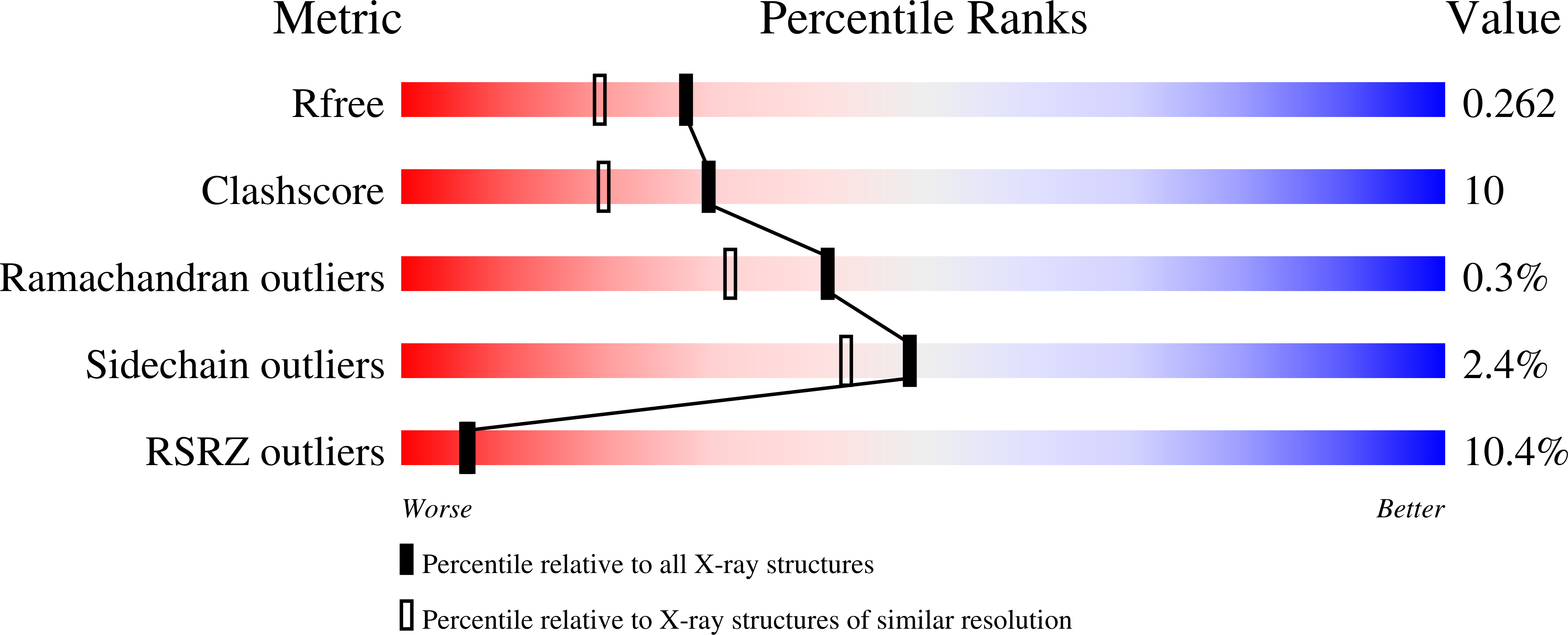
Deposition Date
2022-12-15
Release Date
2023-06-14
Last Version Date
2024-06-19
Entry Detail
PDB ID:
8BZX
Keywords:
Title:
1-deoxy-D-xylulose 5-phosphate synthase from Klebsiella pneumoniae (kpDXPS),co-crystal with thiamine monophosphate analog
Biological Source:
Source Organism:
Klebsiella pneumoniae (Taxon ID: 573)
Host Organism:
Method Details:
Experimental Method:
Resolution:
2.05 Å
R-Value Free:
0.26
R-Value Work:
0.21
R-Value Observed:
0.21
Space Group:
C 2 2 21


